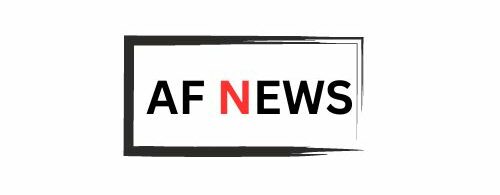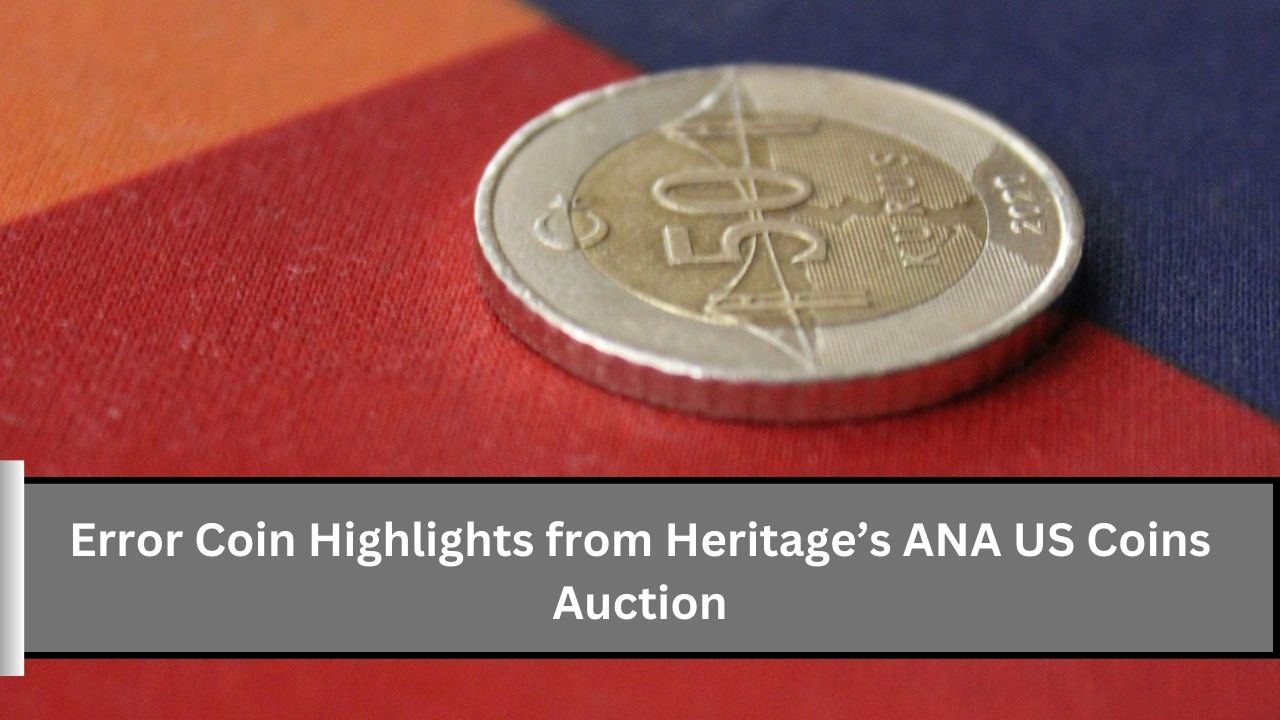Error coins are a fascinating part of coin collecting that attracts both serious collectors and curious newcomers. These coins have mistakes made during the minting process, which makes them unique and sometimes much more valuable than regular coins. The American Numismatic Association (ANA) hosts several auctions every year, and one of the most exciting is the Heritage Auctions’ ANA US Coins Auction. This event often features some of the rarest and most valuable error coins, drawing in bidders from around the world. In this article, we will look at the highlights from the recent Heritage ANA US Coins Auction, focusing on the remarkable error coins that caught everyone’s attention.
The Significance of Heritage Auctions
Heritage Auctions is one of the biggest and most respected auction houses globally, specializing in various collectibles, including rare coins, comics, and fine art. Their ANA US Coins Auction is a key event for coin collectors, showcasing a wide range of coins, from classic U.S. currency to modern rarities. This auction not only allows collectors to buy and sell coins but also teaches them about the art of coin collecting, especially in the interesting area of error coins.
The Importance of Error Coins
Error coins are special because they are rare and tell unique stories about how coins are made. Each error coin acts as a historical artifact, giving us a glimpse into the minting processes used at different times. Collectors love these coins not just for their potential value but also for their unique features that provide insight into how coins are produced.
Highlights from Heritage’s ANA US Coins Auction
1. The 1901-S Barber Quarter (Overton 103)
One of the most impressive error coins from the auction was the 1901-S Barber Quarter. This coin is known for a significant mistake where the ‘1’ from the year was overstruck. This unique feature made it very valuable, selling for an incredible $120,000. The coin’s high-grade condition also helped it fetch such a high price.
2. The 1914-D Lincoln Penny (Doubled Die)
Another exciting coin was the 1914-D Lincoln penny, famous for its doubled die error. This coin showed a clear doubling of the date and the word “LIBERTY.” This error happens when the die used to strike the coin is misaligned, making some details look duplicated. This penny attracted a lot of interest and sold for $80,000, reflecting the growing demand for high-quality error coins.
3. The 1955 Lincoln Penny (Doubled Die)
The 1955 Lincoln penny is one of the most famous error coins in U.S. history, and the one at this auction was no different. Known for its dramatic doubling on the front, this penny is a must-have for serious collectors. This specific penny, graded at MS65, sold for $50,000. Its popularity and the demand from collectors ensured a competitive bidding process.
4. The 1999-W Lincoln Penny (Struck on a Wrong Planchet)
One of the more unusual error coins presented was the 1999-W Lincoln penny, which was struck on a nickel planchet instead of the usual penny metal. This rare error created a fascinating hybrid coin that sold for $30,000, showing how interesting coins with unexpected features can be.
5. The 1970-S Lincoln Penny (Off-Center Strike)
Another noteworthy piece was the 1970-S Lincoln penny, which showed an off-center strike. This means the coin blank wasn’t aligned properly during the minting process, cutting off part of the design. Coins with this kind of error are highly desirable, and this one sold for $15,000, highlighting the interest in misaligned strikes among collectors.
6. The 1983 Lincoln Penny (Struck on a Zinc Planchet)
This specific 1983 Lincoln penny was made from a zinc planchet, which is rare because most pennies that year were made from copper. This penny attracted a lot of attention and sold for $12,000. The difference in metal makes this coin especially valuable, as it represents a rare mistake in the minting process.
7. The 2000-P Sacagawea Dollar (Missing Edge Lettering)
The 2000-P Sacagawea dollar was another standout error coin. This coin was notable because it was missing its edge lettering, which is an important feature of the Sacagawea dollar. Coins with missing edge lettering are rare, and this one sold for $10,000. Collectors love these unique pieces because they stand out from the usual design.
8. The 1976 Bicentennial Quarter (Off-Center Strike)
This error quarter, minted during the U.S. Bicentennial celebrations, also featured an off-center strike. The special design commemorating America’s 200th birthday made this quarter attractive to collectors, and it sold for $8,500. The error added to its desirability, as collectors often seek out pieces with minting mistakes.
Why Error Coins Attract Collectors
Rarity and Demand
The rarity of error coins makes them very appealing to collectors. Many of these errors are produced in limited numbers or may be lost over time, which increases their value. As the available number of error coins decreases, their prices often rise due to higher demand. Collectors see these coins as investments, hoping their value will keep increasing over time.
Unique Stories and Characteristics
Every error coin tells a story, whether it’s a simple minting mistake or a more complicated production issue. This storytelling aspect adds an emotional layer to collecting. Collectors appreciate the unique features of each coin, from off-center strikes to overdates, which spark interesting discussions among enthusiasts and historians alike.
Historical Significance
Error coins often have historical importance, providing insights into the minting processes of different periods. Collectors and historians value understanding how these errors reflect the technology and methods used by mints. Owning an error coin can feel like having a piece of history in your hands.
Community and Culture
The numismatic community is lively and passionate, with error coin collectors forming a close-knit group. Auctions like the Heritage ANA US Coins Auction provide a chance for collectors to connect, share knowledge, and celebrate their common interest. This community aspect adds to the enjoyment of collecting, making it a rewarding hobby for many people.
The Future of Error Coin Collecting
Increasing Popularity
As more people learn about error coins, their popularity continues to grow. Social media and online forums have made it easier for collectors to share information and show off their collections. This increased exposure is leading to more individuals joining the hobby, which further drives demand for error coins.
Investment Potential
More investors are recognizing the potential of error coins as a good investment option. As traditional investments can be unpredictable, collectors are exploring alternative assets, and error coins offer a unique mix of rarity and historical importance. The market for error coins is expanding, and this may attract more serious investors looking for different types of assets.
Evolving Technology and Minting Processes
As technology improves, so do the methods used to create coins. This advancement may lead to new kinds of error coins and unique features that collectors haven’t seen before. Keeping an eye on developments in minting technology can provide insight into future collecting trends.
Educational Resources
With growing interest in error coins, more educational resources are becoming available. Coin shows, online courses, and publications focused on error coins are helping collectors learn more about the hobby. This access to information empowers collectors to make informed choices when buying and selling error coins, contributing to a healthier market overall.
Conclusion
Heritage’s ANA US Coins Auction showcased some incredible error coins, highlighting the uniqueness and appeal of these fascinating collectibles. From the impressive 1901-S Barber Quarter to the iconic 1955 Lincoln Penny, each piece tells a story of its own. As interest in error coins continues to grow, they will remain a key focus in the world of numismatics.
Whether you’re a seasoned collector or just starting, error coins offer a unique chance to explore the details of coin production and history. The Heritage ANA US Coins Auction is a testament to the excitement and value that error coins can bring, making it an essential event for collectors worldwide. Keep an eye on the ever-changing market, as error coins will surely continue to captivate collectors for years to come.
FAQs
What are error coins?
Error coins are coins that have mistakes made during the minting process. These errors can include misprints, double strikes, off-center strikes, or coins made from the wrong type of metal. Because of their unique characteristics and rarity, error coins are often more valuable than standard coins.
Why are error coins valuable?
Error coins are valuable due to their rarity and the unique stories they tell. Many errors occur in limited quantities, making them sought after by collectors. Additionally, their distinctive features can create significant demand, leading to higher prices at auctions like Heritage’s ANA US Coins Auction.
How can I identify an error coin?
Identifying an error coin involves examining the coin for unusual features. Common errors include doubled lettering, off-center designs, and coins struck on incorrect planchets. Collectors often use magnifying tools and reference guides to help identify and verify the authenticity of error coins.
How do I participate in Heritage’s ANA US Coins Auction?
To participate in Heritage’s ANA US Coins Auction, you need to register as a bidder on their website. This process usually involves creating an account and providing payment information. Once registered, you can place bids on the coins you’re interested in during the auction.
Are there resources for learning more about error coins?
Yes, there are many resources for learning about error coins. These include books on numismatics, online courses, coin shows, and forums where collectors share information. Additionally, websites dedicated to coin collecting often provide valuable guides and articles on error coins and their significance.

